Union by Yes
Buy Union The 1991 album, Union, is unique not only among the vast collection of Yes albums, but is a unique release among all mainstream rock albums. At the time they were recorded, […]
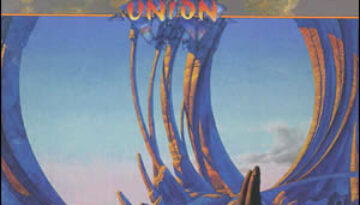
Buy Union The 1991 album, Union, is unique not only among the vast collection of Yes albums, but is a unique release among all mainstream rock albums. At the time they were recorded, […]
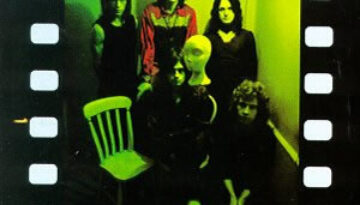
Buy The Yes Album There are certain albums that have undoubtedly broken through to establish new rules of rock n’ roll and are, therefore immortally classics. Then there are some albums that seem […]
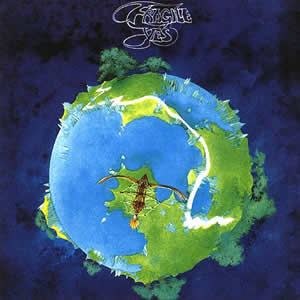
Buy Fragile Fragile, the fourth album by Yes is really a bridge between its rock-influenced predecessor, The Yes Album, and the nearly pure prog albums which would follow. The album features four tracks […]
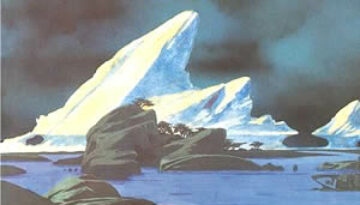
Buy Drama Yes entered the 1980s with a new lineup and a renewed compositional approach. 1980’s Drama, is the band’s tenth studio album but the first not to feature Jon Anderson as the […]
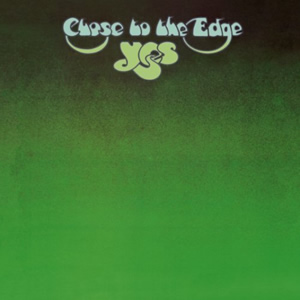
Buy Close to the Edge The group Yes reached their progressive pinnacle with the 1972 album Close to the Edge. Containing just three extended tracks, the album became Yes’s greatest commercial success to […]
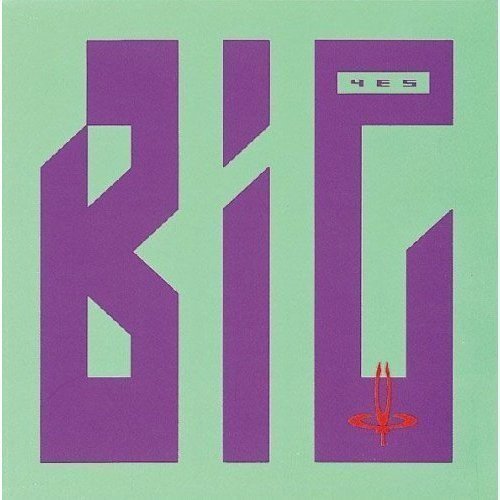
Buy Big Generator The 1980s version of the classic rock band Yes put out interesting, modern rock oriented albums which differed starkly from their prog rock efforts of the 1970s. Despite the shifts […]
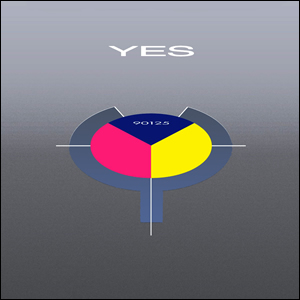
Buy 90125 An unplanned reformation of Yes in 1983 led to 90125, their most successful album commercially. What became their the eleventh studio album overall, was initially intended to be the debut album […]